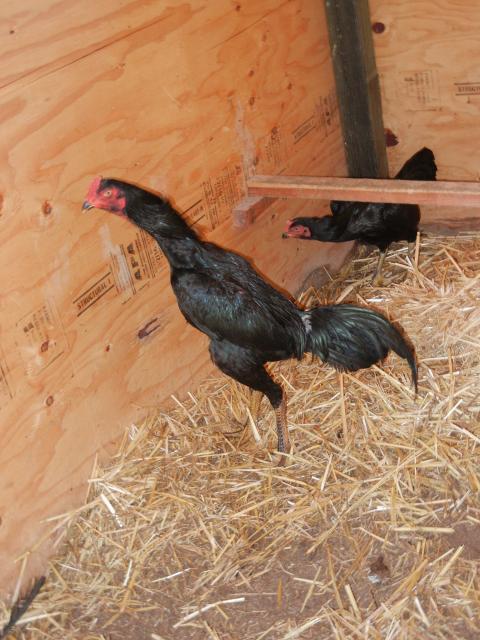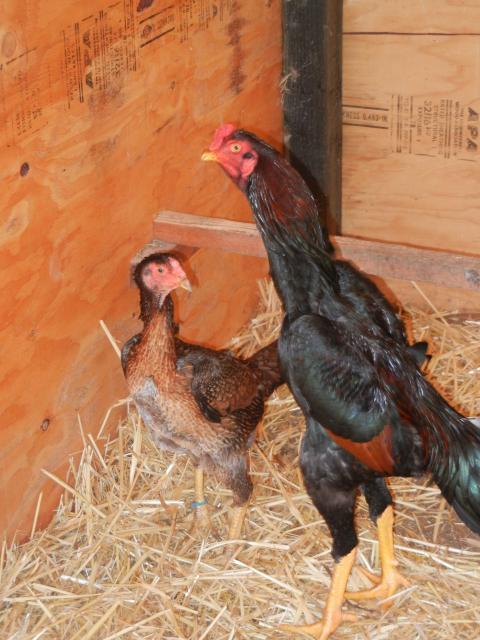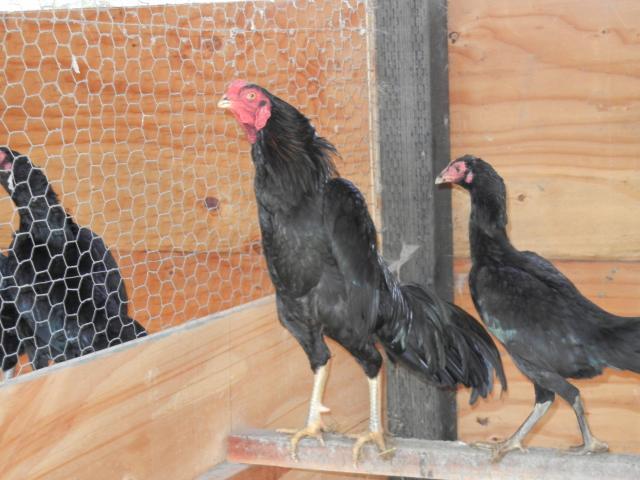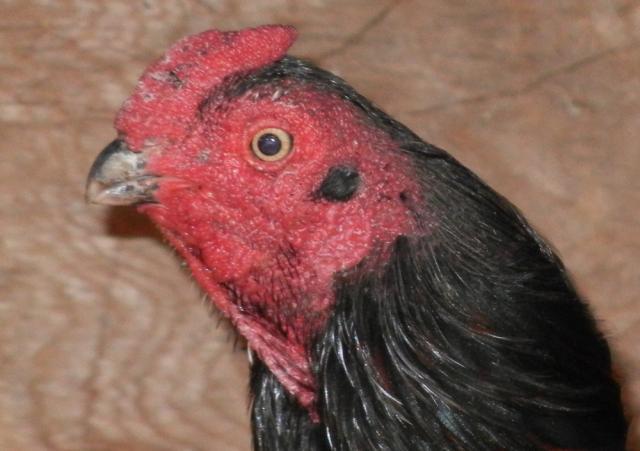Quote:
Not having games, I've had the luxury of being able to keep males in bachelor pens, away from the hens. They form their own stable society; fights are rare, and mostly just display. I've segregated them by temperament: a pen of mellow light- and heavy-breed roosters with a few high-strung light-breed roosters who were being bullied elsewhere, and a pen of top-of-the-pecking order light-breed roosters (read: bullies). A few others who are friendly, not too heavy, and especially solicitous toward the hens are allowed to live with them full time when I'm not trying to breed.
Some more reasons which I think influence people to keep a single cock, rather than several:
* Noise, or fear of having multiple birds crowing (it's not so bad! It's rather musical.)
* Peer pressure, or something like it - it's such an established tradition to have a breeding pair or trio, and to "line breed" if one breeds at all, that people think you're somehow undisciplined if you have a bunch of roosters. Printed advice on how to breed often contains wording like "keep only the best rooster, and breed from him".
* Not having a well-known pattern to follow, for managing multiple rooster breedings. (This is related to the "peer pressure" problem). With one rooster, you don't have to think about what to do next... you just keep breeding him to his own children, and his children's children's children, until the eggs won't hatch anymore. Then you buy a new rooster.
...I know, I'm exaggerating for effect.
* Not wanting to have to deal with inter-rooster conflicts or housing arrangements. Which as I've said, need not always be a problem, with non-game breeds.
Best - exop













